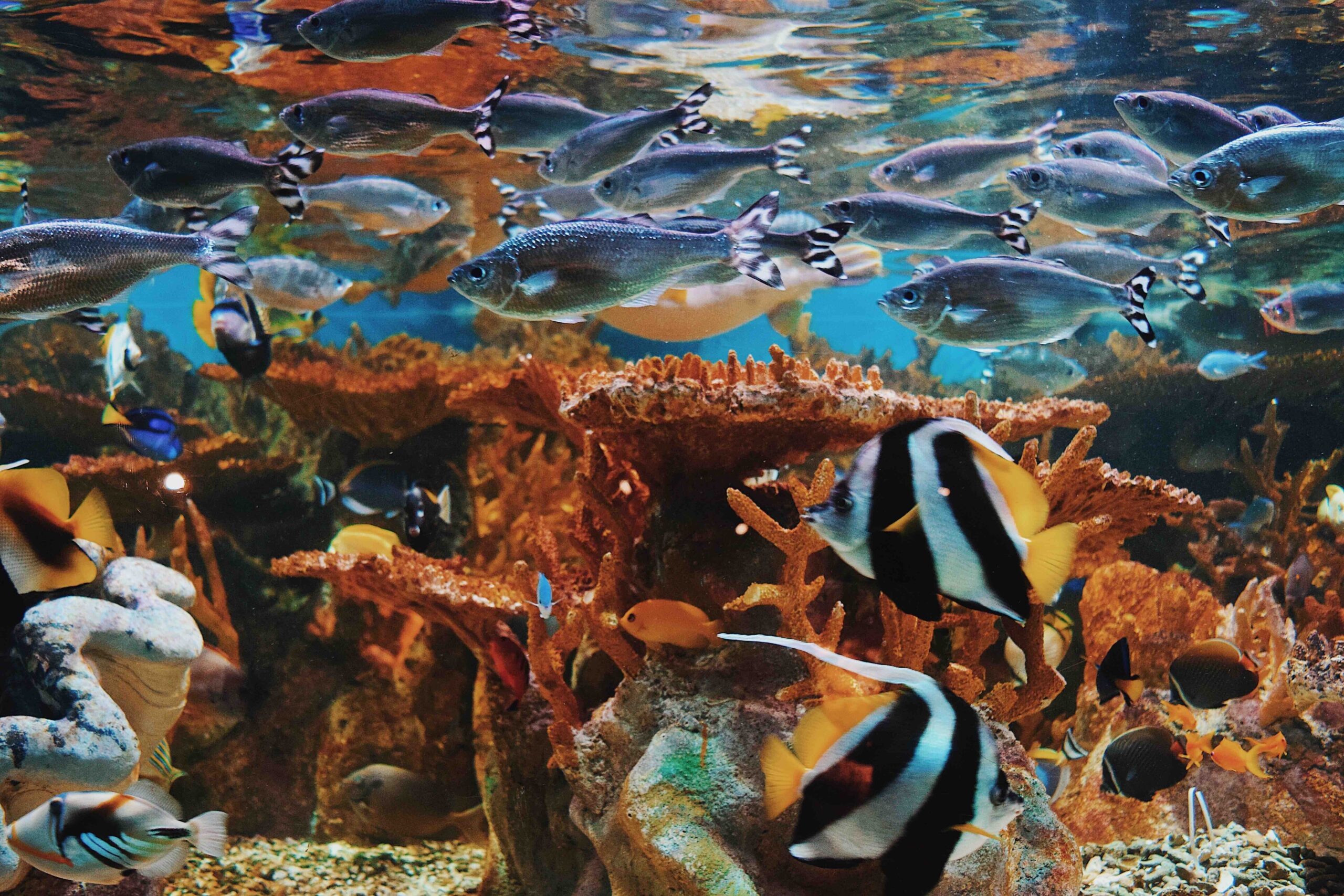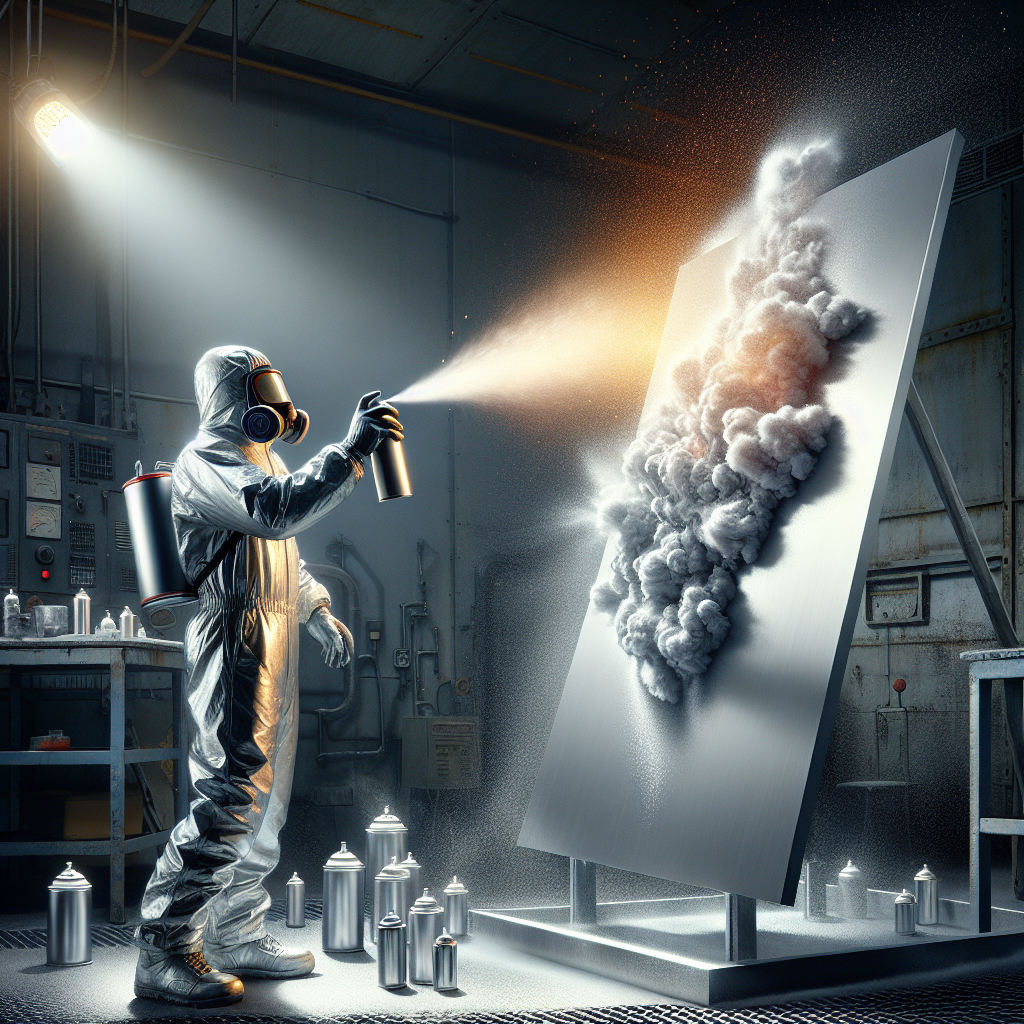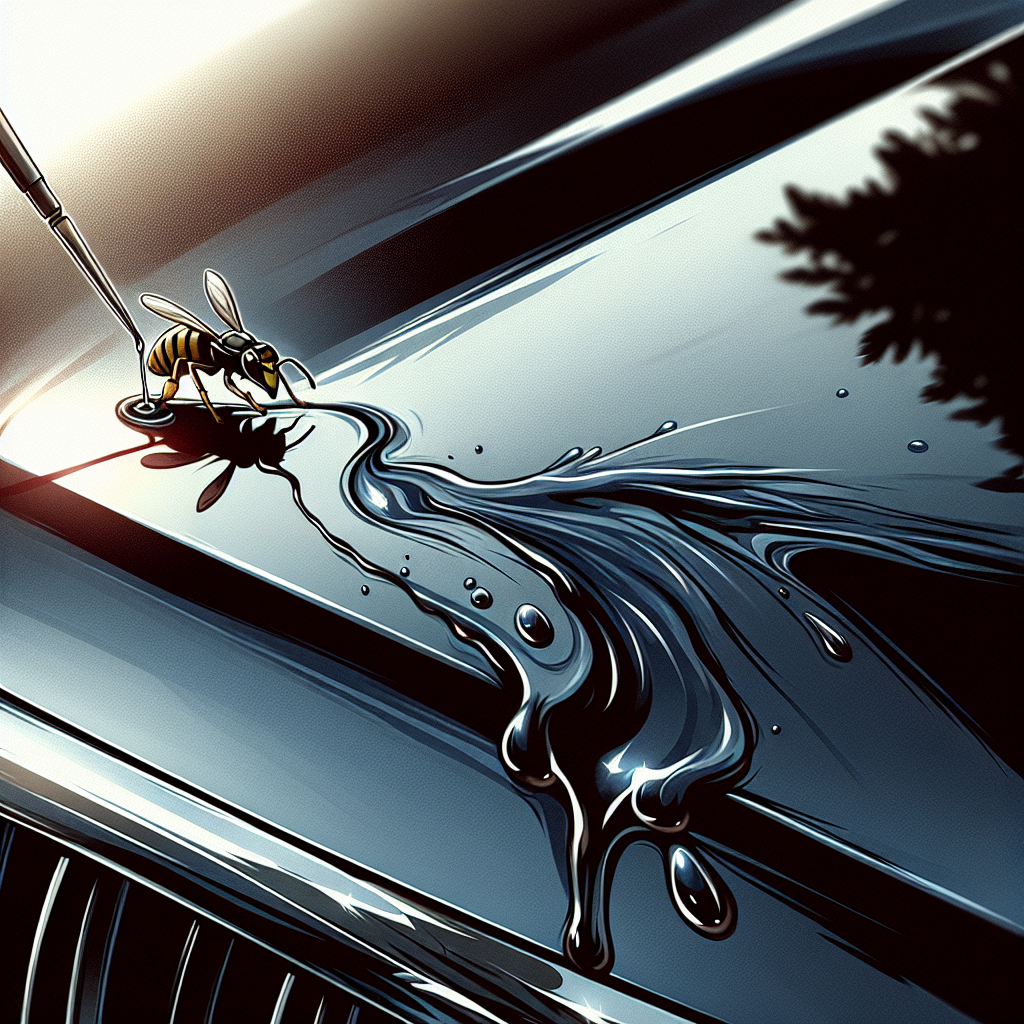When it comes to choosing a spray paint for your aquarium, safety is of utmost importance. Rustoleum, a well-known brand in the world of paint, offers a variety of spray paints that claim to provide a durable and glossy finish. However, before applying any paint to your aquarium, it is essential to consider its safety for the aquatic environment. This article aims to address the pressing question of whether Rustoleum spray paint is suitable for aquarium use, by examining its composition, potential risks, and expert recommendations.
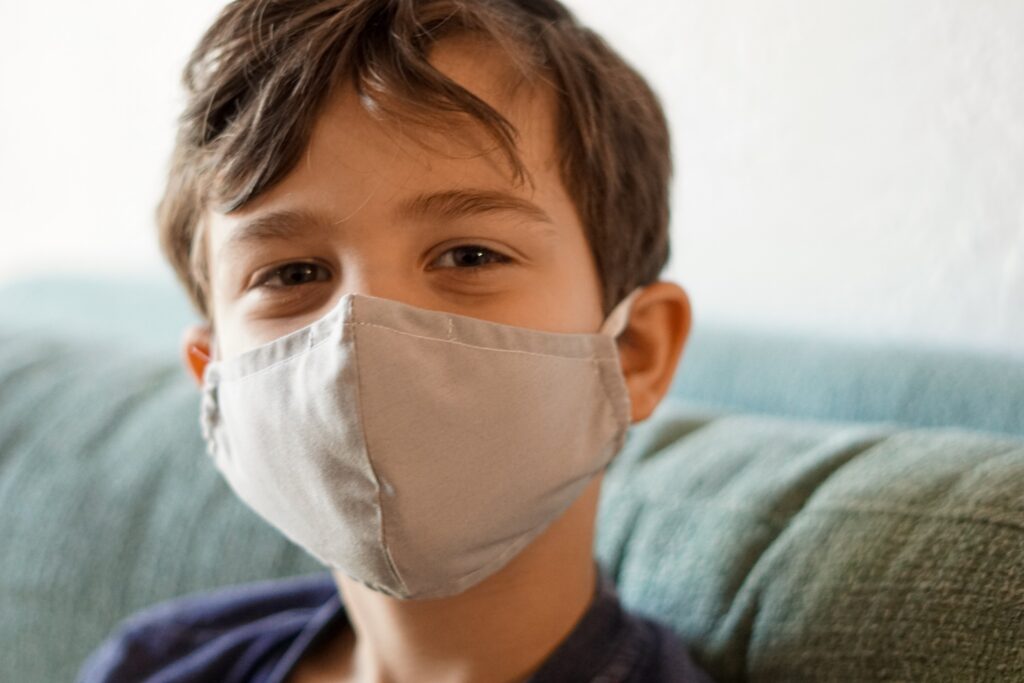
This image is property of images.unsplash.com.
Understanding Rustoleum Spray Paint
Origins and primary use of Rustoleum spray paint
Rustoleum spray paint is a widely recognized brand in the market, known for its durability and versatility. It was first introduced by the Rust-Oleum Corporation in 1921 and has since gained popularity among DIY enthusiasts, homeowners, and professionals alike. The primary use of Rustoleum spray paint is to provide a protective and decorative coating for various surfaces, including metal, wood, plastic, and even fabric. Its ease of application and fast drying time make it a convenient choice for many projects.
Key ingredients and their implications
Rustoleum spray paint contains a range of ingredients that contribute to its performance and characteristics. Some key components include solvents, resins, pigments, and additives. Solvents, such as mineral spirits, are used to dissolve the other ingredients and facilitate the spraying process. Resins provide the film-forming properties, allowing the paint to adhere to the surface and provide protection. Pigments are responsible for the color of the paint, while additives may be included to enhance durability, drying time, or other specific properties.
It is important to note that while the ingredients in Rustoleum spray paint are generally considered safe for their intended use, certain precautions should be taken. Adequate ventilation should be ensured during application to minimize exposure to volatile compounds. Additionally, prolonged or excessive inhalation of spray paint fumes should be avoided, as they may have harmful effects on respiratory health.
Variety of Rustoleum spray paints
Rustoleum offers a wide range of spray paints, each tailored for specific applications and desired finishes. Some of the popular variants include metallic finishes, textured finishes, high heat paints, and specialty paints designed for use on plastic or automotive surfaces. The variety of options allows users to achieve their desired aesthetic and functional goals, whether it be adding a glossy finish to a metal project or giving an antique look to a piece of furniture. It is crucial to select the appropriate type of Rustoleum spray paint for specific projects to ensure optimal results and compatibility with the intended surface.
Aquarium Safety Factors
Importance of safe materials in aquariums
Maintaining a safe and healthy environment is paramount when it comes to aquariums. Fish, invertebrates, and other aquatic life rely on suitable water conditions and non-toxic materials for their well-being. Using safe materials in the construction and decoration of aquariums is crucial to prevent harm or stress to the inhabitants. Therefore, careful consideration should be given to the paints and coatings used, as they can potentially interact with the water and affect the aquatic ecosystem.
Potential hazards of unsafe materials
Using unsafe materials in aquariums can pose significant risks to the aquatic life within. Certain substances may leach into the water, introducing toxins or altering water parameters, such as pH or hardness, which can be detrimental to the health of fish, invertebrates, and plants. It is essential to be aware of potential hazards and choose materials that are specifically designed and tested for aquarium use to prevent any adverse effects on the aquatic environment.
Specific considerations for paints and coatings
When it comes to paints and coatings in aquariums, specific considerations must be taken into account. Not all paints are suitable for use in aquariums, as they may contain harmful substances or have adverse reactions with the water or the aquatic inhabitants. Deemed safe paints for aquarium use are those that are specifically formulated to be non-toxic, water-resistant, and free from heavy metals or other harmful additives. Choosing the right type of paint ensures the longevity of the aquarium and the well-being of the aquatic life within.
Analyzing the Composition of Rustoleum Spray Paint
Chemical components and their effects
Understanding the composition of Rustoleum spray paint is crucial in assessing its suitability for aquarium use. The specific chemicals present can have varying effects on the water and the aquatic life. While Rustoleum spray paint typically contains solvents, resins, pigments, and additives, it is essential to identify any compounds that may raise concerns regarding their potential impact on water quality or aquatic organisms.
Presence of heavy metals in Rustoleum spray paint
One aspect of concern when considering the use of Rustoleum spray paint in aquariums is the presence of heavy metals. Heavy metals, such as lead, mercury, or cadmium, can be toxic to aquatic life even at low concentrations. Therefore, it is important to ensure that Rustoleum spray paints do not contain these harmful substances that could leach into the water, posing a risk to the aquarium inhabitants. Choosing aquarium-safe paints that are free from heavy metals is crucial to safeguard the well-being of the aquatic ecosystem.
Understanding VOCs (Volatile Organic Compounds) in Rustoleum spray paint
Volatile Organic Compounds, commonly referred to as VOCs, are carbon-based chemicals that can evaporate at room temperature and contribute to air pollution. Many paints, including Rustoleum spray paint, contain VOCs, which can potentially be released during the drying process. High VOC levels can have detrimental effects on air quality and human health. In the context of aquariums, VOCs could also interact with the water and affect the aquatic life. Thus, it is important to consider the VOC content of Rustoleum spray paint and opt for low or no VOC formulations when possible.
Impact of Rustoleum Spray Paint on Water Quality
Possibility of paint leaching into aquarium water
When using Rustoleum spray paint in aquariums, it is crucial to evaluate the possibility of the paint leaching into the water. While Rustoleum is designed to form a protective film on surfaces, there is still a potential risk of paint particles or substances becoming dissolved in the water, especially if the paint coating is damaged or deteriorates over time. This leaching could introduce foreign elements into the water, potentially affecting its quality and the well-being of the aquatic life.
Effect on pH, hardness, and other water parameters
Paint leaching into the aquarium water can have various implications on water parameters, such as pH and hardness. Depending on the composition of the paint and the specific water chemistry, the introduction of foreign substances may cause fluctuations in these parameters. Sudden alterations in water conditions can be stressful or harmful to fish, invertebrates, and plants. Therefore, it is crucial to monitor water parameters regularly and take appropriate actions if any significant changes are detected.
Influence on the growth of beneficial bacteria and algae
The presence of certain substances from Rustoleum spray paint in the aquarium water may also impact the growth of beneficial bacteria and algae. These microorganisms play a vital role in maintaining a balanced and healthy aquatic ecosystem. If the paint or its components inhibit the growth or disrupt the natural balance of these organisms, it could have cascading effects on the overall water quality, potentially jeopardizing the well-being of the aquarium inhabitants. Proper research and consideration are necessary to ensure that Rustoleum spray paint does not adversely affect the growth of these crucial organisms.

This image is property of images.unsplash.com.
Impact of Rustoleum Spray Paint on Aquarium Life
Potential toxicity to fish and invertebrates
The potential toxicity of Rustoleum spray paint to fish and invertebrates is a critical concern when considering its use in aquariums. Some substances found in paints, such as heavy metals or certain solvents, can be harmful when ingested or absorbed by aquatic organisms. It is crucial to ensure that Rustoleum spray paint is free from any toxic components that could pose a risk to the health and well-being of fish and invertebrates. Opting for aquarium-safe paints that have been tested and deemed non-toxic for aquatic life is strongly recommended.
Impact on plant life in the aquarium
Aquarium plants are not only aesthetically pleasing but also contribute to the overall health of the aquarium ecosystem. The impact of Rustoleum spray paint on these plants needs to be taken into consideration. Some plants may be sensitive to certain substances found in paint, and their growth or vitality could be compromised if exposed to harmful compounds. Careful selection of compatible paint types and adherence to safe application methods are crucial in ensuring the continued well-being of aquarium plants.
Effects on microorganisms present in the water
Microorganisms, such as bacteria and protozoa, play a critical role in the biological filtration and overall balance of an aquarium. The effects of Rustoleum spray paint on these microorganisms should be thoroughly understood to assess any potential impact. Certain substances, such as heavy metals or antimicrobial additives, could disrupt or inhibit the growth and function of these beneficial microorganisms. Therefore, it is important to choose paints that do not have adverse effects on the important microbial community present in the aquarium.
Long-term Effects of Using Rustoleum in Aquariums
Assessing degradation of Rustoleum spray paint over time
Over time, the protective coating provided by Rustoleum spray paint may degrade or wear off, exposing the underlying surface. It is important to understand the long-term performance of Rustoleum spray paint in an aquarium setting and assess any potential risks associated with the degradation of the paint. Continued monitoring and potential reapplication of the paint may be necessary to ensure the continued protection of surfaces and prevent any adverse effects on water quality or aquarium inhabitants.
Understanding the long-term toxicity and potential carcinogenic effects
Another aspect to be considered when evaluating the long-term effects of using Rustoleum spray paint in aquariums is the potential toxicity and carcinogenic effects of the paint or its components. Prolonged exposure to certain chemicals may have detrimental effects on the health of both the aquatic life and individuals maintaining the aquarium. Ensuring the safety of the paint over an extended period is crucial to avoid any long-term negative consequences.
Influence on the lifespan of aquarium inhabitants
The choice of paint in an aquarium can have an impact on the lifespan of the aquarium inhabitants. If the paint or its components prove to be toxic, stress-inducing, or disruptive to the aquarium environment, it can potentially shorten the lifespan of fish, invertebrates, or plants. Opting for safe and aquarium-specific paints can help ensure a healthy and thriving aquatic ecosystem, allowing the inhabitants to live out their natural lifespans.
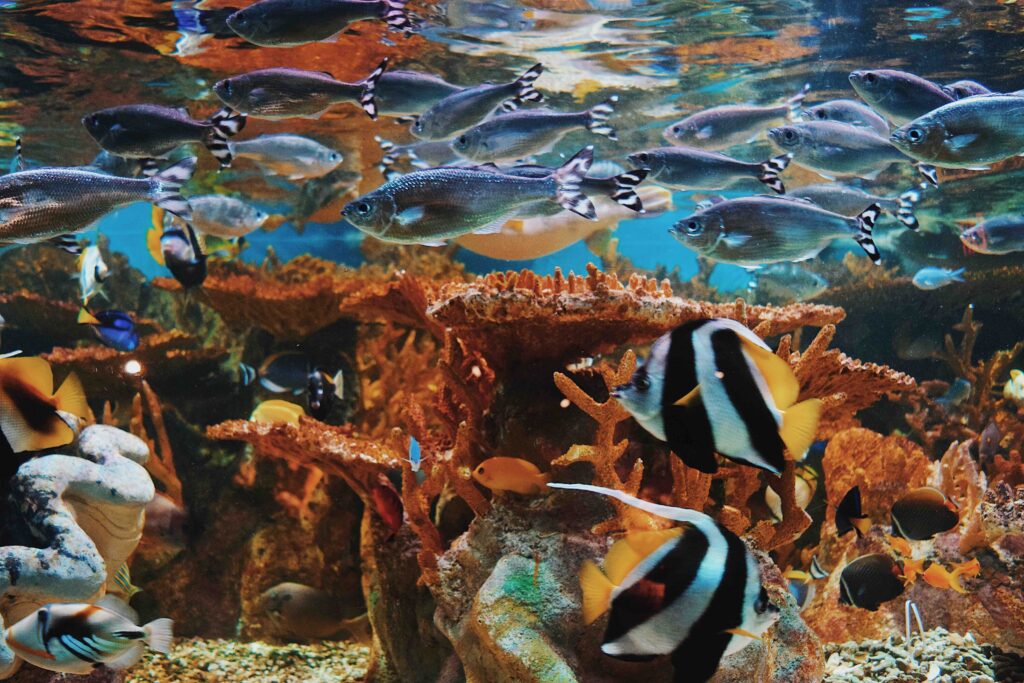
This image is property of images.unsplash.com.
Safe Application of Paint in Aquariums
Correct application methods
When applying paint in an aquarium, following the correct application methods is crucial in ensuring both the effectiveness of the paint and the safety of the aquarium inhabitants. It is important to read and follow the manufacturer’s instructions carefully, as each paint product may have specific application guidelines. Proper surface preparation, such as cleaning and sanding, should be undertaken to achieve optimal adhesion and durability. Adhering to the recommended number of paint coats and drying times is also essential to avoid potential issues down the line.
Safety measures during application
Applying paint in an aquarium may introduce certain risks if proper safety measures are not taken. Ventilation is key, and it is recommended to work in a well-ventilated space or use additional ventilation tools, such as fans or air filters, to minimize the inhalation of potentially harmful fumes. Protecting oneself with appropriate personal protective equipment, such as gloves, masks, and goggles, is also advisable. Taking the necessary precautions during application helps to ensure the safety of both the individual applying the paint and the aquarium inhabitants.
Best practices for paint handling
Proper handling of paint is essential to prevent unnecessary spills or contamination. It is important to store paint containers securely and in a dry environment to avoid any leaks or deterioration. Thoroughly mixing the paint before application ensures that the components are evenly distributed. Additionally, disposing of paint waste in an environmentally responsible manner is crucial to prevent any adverse impact on the ecosystem outside the aquarium. Following best practices for paint handling helps minimize any potential risks and promote a safe aquarium environment.
Alternative Safe Paints for Aquariums
Types of aquarium-safe paints
For those who prefer not to use Rustoleum spray paint in their aquariums or have specific concerns, various aquarium-safe paints are available as alternatives. These paints are specifically formulated and tested to be non-toxic and safe for use in the aquatic environment. Some of the common types of aquarium-safe paints include epoxy-based paints, aquarium sealants, and food-grade coatings. These paints provide a reliable solution for those seeking peace of mind and a safe environment for their aquatic pets.
Features to consider when choosing aquarium paints
When selecting alternative aquarium-safe paints, certain features should be considered to ensure their suitability for specific purposes. It is important to choose paints that are resistant to water, chemicals, and UV light, as aquarium environments can be demanding. Assessing the paint’s adhesion and durability properties is crucial to ensure a long-lasting finish. Furthermore, opting for paints that are labeled explicitly as safe for aquarium use provides additional assurance of their suitability for the aquatic environment.
Reviews and recommendations of aquarium safe paints
Seeking reviews and recommendations from fellow aquarists, experts, and reputable sources can be beneficial when considering alternative aquarium-safe paints. Online forums, aquarium hobbyist communities, and professional aquarium maintenance services can provide valuable insights and feedback based on real-world experiences. Additionally, consulting with local aquarium stores or professionals specializing in aquarium setups can help narrow down the options and select the most suitable paint for specific needs.

Community Experiences with Rustoleum in Aquariums
Anecdotal experiences from aquarium enthusiasts
Aquarium enthusiasts often share their experiences with various products, including Rustoleum spray paint, on online forums and social media platforms. These anecdotal experiences can provide valuable firsthand insights into the use of Rustoleum spray paint in aquariums. Reading about the experiences of others can help gauge the performance, safety, and potential issues associated with using this paint in an aquarium setting. However, it is important to keep in mind that anecdotal experiences may vary, and individual circumstances should be considered before drawing conclusions.
Expert opinions on the use of Rustoleum for aquariums
Expert opinions from professionals in the field of aquarium maintenance and care can offer valuable guidance when considering the use of Rustoleum spray paint in an aquarium. Aquarium specialists, marine biologists, and chemists may have in-depth knowledge and expertise regarding the potential risks and benefits associated with using this particular paint. Consulting with experts ensures that well-informed decisions are made when it comes to the paint choices for aquarium projects.
Scientific studies regarding Rustoleum and aquarium safety
Scientific studies play a crucial role in evaluating the safety and suitability of Rustoleum spray paint for use in aquariums. These studies involve extensive laboratory testing and analysis to assess the potential impact of the paint on water quality, aquatic life, and long-term effects. Research papers and published studies provide valuable insights into the chemical composition of Rustoleum spray paint and its potential interaction with aquarium environments. Consulting these scientific studies can help in understanding the safety implications and making informed decisions.
Know When to Consult an Expert
Importance of professional advice in aquarium setup
Maintaining a healthy and thriving aquarium requires careful consideration of various factors, including the choice of paints and coatings. While research and informed decisions can go a long way, there may be instances where consulting an expert becomes necessary. Professionals specializing in aquarium setup and maintenance can provide invaluable advice tailored to individual needs and circumstances. Their expertise can address specific concerns and ensure the best possible outcomes for the aquarium and its inhabitants.
Consulting experts when detecting changes in aquarium
Any significant changes in the aquarium, such as unusual water parameters, visible deterioration of paint, or health issues among the inhabitants, should be promptly addressed. In these instances, consulting with an expert is highly recommended as they can identify potential causes and recommend appropriate actions. Expert insight can help diagnose and resolve issues before they escalate, ensuring the continued health and well-being of the aquarium ecosystem.
The role of aquarists in maintaining healthy environments
As an aquarist, it is essential to be proactive in maintaining a safe and healthy environment for the aquarium inhabitants. This includes staying informed about the latest research, seeking advice from experts when needed, and continuously monitoring the condition of the aquarium. By taking an active role in understanding and managing potential risks, aquarists can create an environment where their aquatic pets can thrive and flourish for years to come.
In conclusion, understanding the implications and safety considerations of using Rustoleum spray paint in aquariums is crucial for maintaining a healthy and thriving aquatic ecosystem. While Rustoleum spray paint offers durability and versatility for various projects, it is important to carefully evaluate its suitability for the specific needs of an aquarium. Considering factors such as the composition of the paint, potential leaching into the water, and the effects on water quality and aquarium life is essential. Exploring alternative safe paints for aquariums and seeking advice from experts and fellow aquarists can provide valuable insights and recommendations for the best practices in ensuring a safe and thriving aquarium environment.

